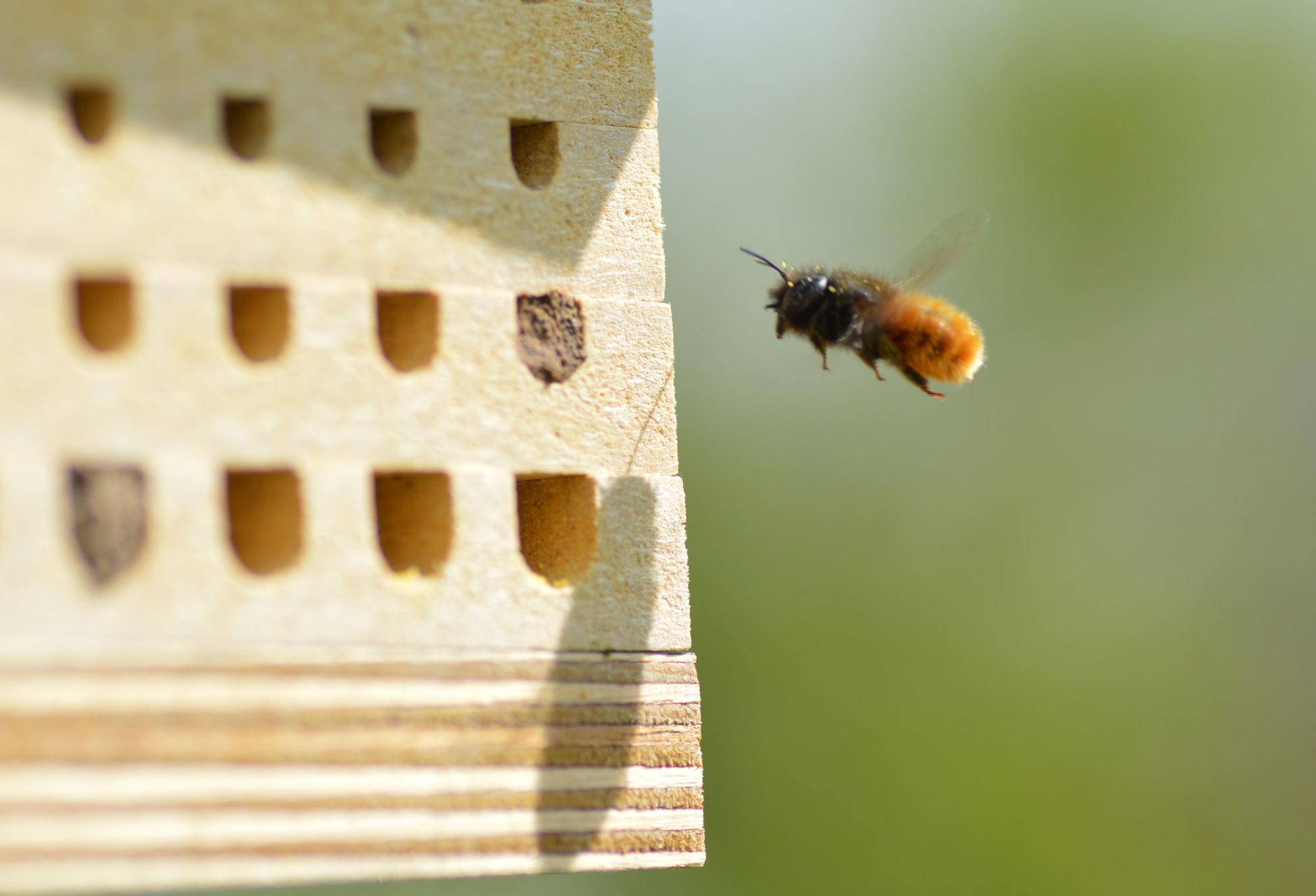Overview

© Jens Dauber
In this Thünen topic, we address biodiversity in agricultural landscapes, in forests and in oceans. For all three types of areas we perform the following tasks:
- Development of concepts for monitoring
- Analysis of causes and consequences of low biodiversity
- Evaluation of measures for the protection, use and enhancement of biodiversity
Download Service
- Thünen topic BiodiversityExcerpt from the Thünen Institute's Medium-Term Concept 2021 (in German)
- Thünen medium-term concept 2021(in German)
Scroll to top


![[Translate to English:] Meerforelle im LaichkleidSea trout in spawning dress](/media/_processed_/2/6/csm_Meerforelle_im_Laichkleid_1089b83ebf.png)






![[Translate to English:] [Translate to English:]](/media/_processed_/f/b/csm_dauber_IMG_4662_3425293b7e.jpg)


![[Translate to English:] Logo des Bundesministerium für Ernährung und Landwirtschaft](/media/allgemein/logos/BMEL_Logo.svg)